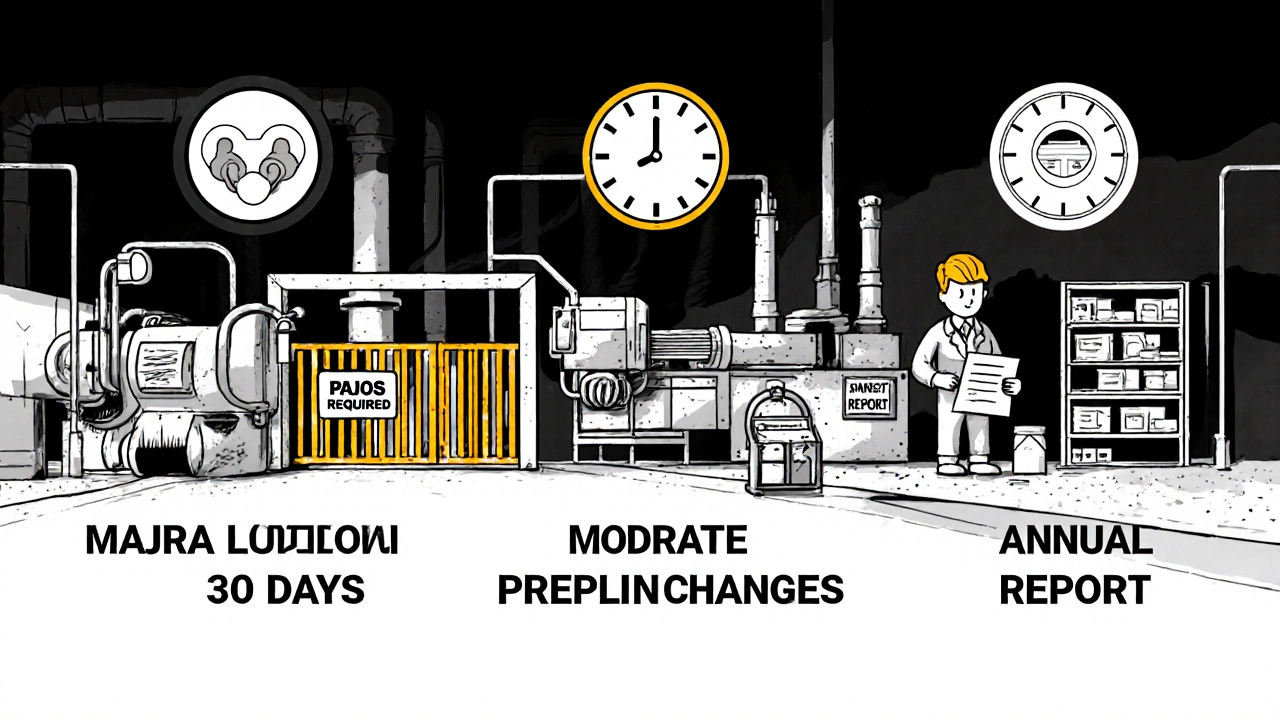Understand the FDA and global requirements for notifying and approving manufacturing changes in pharmaceutical production. Learn how to classify changes correctly to avoid regulatory violations and ensure product quality.
FDA Requirements: What You Need to Know About Drug Approval and Safety Rules
When you take a pill, whether it’s a generic statin or a new biologic for arthritis, you’re relying on FDA requirements, the set of rules enforced by the U.S. Food and Drug Administration to ensure drugs are safe, effective, and properly labeled. Also known as drug regulatory standards, these rules control everything from how a medicine is made to how side effects are tracked after it hits the market. This isn’t bureaucracy—it’s the system that stops dangerous drugs from reaching you and ensures that what’s in the bottle actually works.
FDA requirements don’t just apply to brand-name drugs. They also govern biosimilars, highly similar versions of complex biologic drugs that can’t be copied exactly like regular generics. Unlike simple chemical pills, biologics come from living cells, so even tiny changes in manufacturing can affect safety. That’s why the FDA demands extensive testing before approving a biosimilar—something you won’t find with ordinary generics. The same goes for adverse drug reaction, unexpected harmful effects from medications that patients and doctors can report through MedWatch. These reports help the FDA spot problems that clinical trials missed, like heart rhythm issues with certain antibiotics or breathing dangers when gabapentin and opioids are mixed.
FDA requirements also shape how hospitals pick drugs. It’s not just about price—it’s about supply chains, clinical data, and legal risks. When a hospital switches from one generic to another, even if they’re both labeled the same, the FDA’s approval process doesn’t guarantee they’ll behave identically in your body. That’s why formularies exist, and why doctors sometimes have to fight to keep you on the version that works. Meanwhile, the FDA keeps updating rules to keep up with new science, like how to handle drug interactions in older adults or how to monitor growth in teens on ADHD meds. These aren’t abstract policies—they directly affect what’s in your medicine cabinet and what your doctor can prescribe.
If you’ve ever wondered why some drugs take years to get approved while others move faster, or why you’re asked to report side effects, it’s all tied back to FDA requirements. They’re the invisible backbone of every prescription you take. Below, you’ll find real-world examples of how these rules play out—from how to report a bad reaction, to why a biosimilar isn’t just a cheap copy, to how legal loopholes protect drug makers but leave doctors exposed. This isn’t theory. It’s what keeps you safe—or what should.

